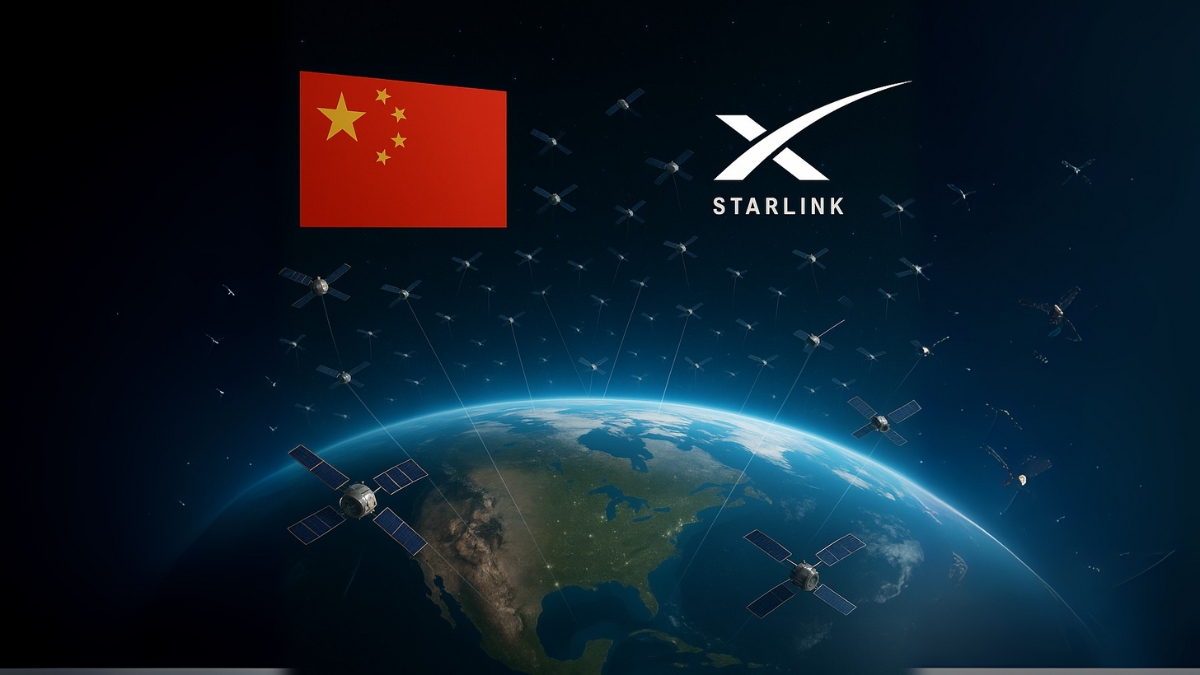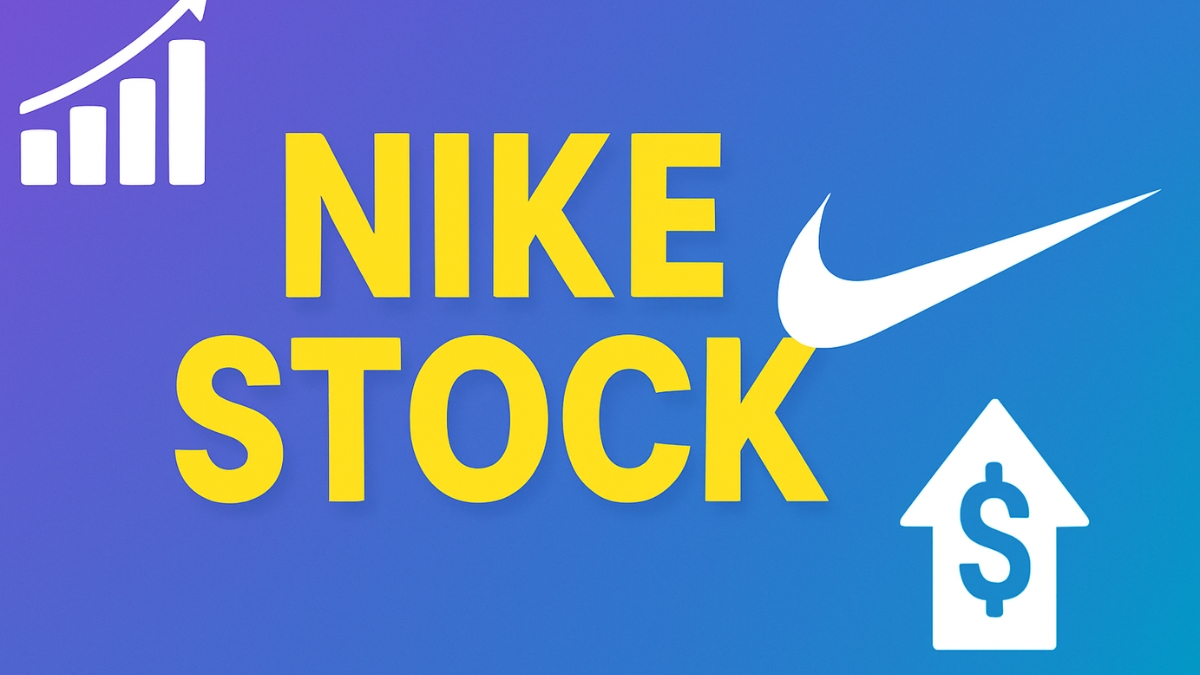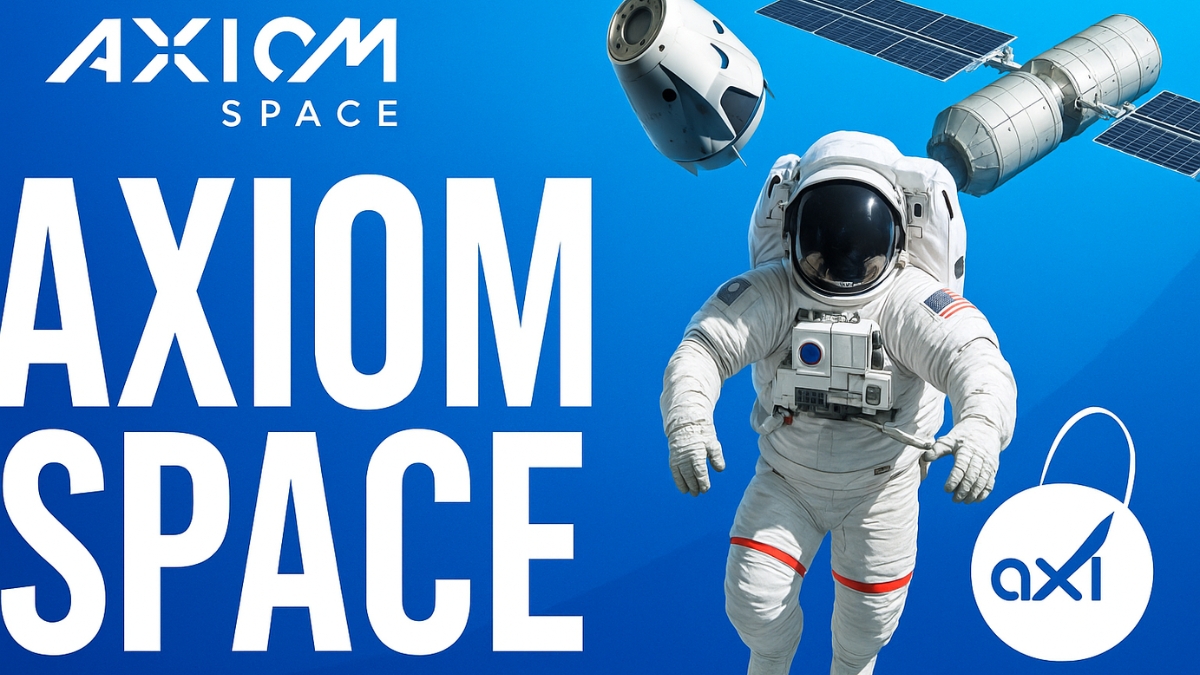Why the Chinese Satellite Starlink Race Matters
Imagine living in a remote village with no internet access, or relying on slow, unreliable connections for your business. Now, picture a world where high-speed internet is available everywhere, powered by satellites orbiting Earth. This is the promise of low-Earth orbit (LEO) satellite networks like Starlink—and China is racing to challenge Elon Musk’s dominance with its own Chinese satellite Starlink initiatives. But what does this mean for global connectivity, geopolitics, and your internet experience in 2025?
In this article, we’ll explore China’s ambitious satellite internet projects, compare them to Starlink, and uncover their implications for consumers, businesses, and governments. From technological breakthroughs to strategic goals, you’ll learn everything you need to know about this high-stakes space race. Let’s dive in!
Table of Contents
What Is the Chinese Satellite Starlink Initiative?
Understanding China’s Satellite Internet Ambitions
China’s push for satellite internet is part of its broader strategy to lead in space technology and global communications. Unlike traditional internet infrastructure, which relies on cables and towers, LEO satellites provide high-speed, low-latency internet to even the most remote areas. China’s state-backed companies, like SpaceSail and Hongqing Technology, are building constellations to rival Starlink.
- SpaceSail: Plans to deploy 648 satellites in 2025 and up to 15,000 by 2030, surpassing Starlink’s current 7,000 satellites.
- Hongqing Technology: Developing a 10,000-satellite network with significant state funding.
- Chang Guang Satellite Technology: Achieved a 100 Gbps satellite-to-ground laser transmission, potentially outpacing Starlink’s speeds.
These projects aim to provide global broadband, support military communications, and extend China’s digital influence, especially in the Global South.
How Does It Compare to Starlink?
Starlink, operated by SpaceX, has been the LEO satellite internet leader since 2020, with over 7,000 satellites and plans for 42,000 by 2030. It serves remote communities, maritime vessels, and even military operations, as seen in Ukraine. Here’s a quick comparison:
| Feature | Starlink | Chinese Satellite Networks |
|---|---|---|
| Current Satellites | ~7,000 | ~263 launched in 2024 (China total) |
| Planned Constellation | 42,000 by 2030 | 15,000 (SpaceSail) by 2030 |
| Data Speed | Up to 220 Mbps (V2 satellites) | Up to 100 Gbps (laser-based trials) |
| Funding | Private (SpaceX) | State-backed (Shanghai, PLA) |
| Global Reach | Operational in 100+ countries | Focused on Global South, expanding |
China’s networks leverage state funding and military research, while Starlink benefits from SpaceX’s reusable rocket technology. Both aim to bridge the digital divide, but their approaches differ significantly.
Why Is China Investing in Satellite Internet?
Strategic and Geopolitical Goals
China’s satellite internet push is driven by more than just connectivity. Here are the key motivations:
- Global Influence: By providing internet to underserved regions, China aims to expand its digital footprint, potentially extending its censorship model.
- Military Applications: LEO satellites enhance secure communications and surveillance, critical for modern warfare.
- Economic Growth: High-speed internet supports industries like e-commerce, telemedicine, and education in remote areas.
- Countering Starlink: Beijing views Starlink’s dominance as a strategic threat, prompting heavy investment in rivals.
Technological Advancements
China’s recent breakthroughs, like laser-based data transmission at 100 Gbps, showcase its innovation. These advancements could make Chinese networks faster and more efficient than Starlink, especially for high-bandwidth applications like 5G backhaul or cloud computing.
Challenges Facing Chinese Satellite Networks
Technical Hurdles
Building a global satellite network is no small feat. China faces several challenges:
- Orbital Congestion: With thousands of satellites planned, space debris and collision risks are growing concerns.
- Cost: Deploying 15,000 satellites requires billions in investment, even with state backing.
- Latency: While LEO satellites reduce latency compared to geostationary ones, achieving consistent global performance is complex.
Regulatory and Political Barriers
- International Regulations: China must navigate global spectrum allocation and orbital slot agreements.
- Geopolitical Tensions: Western concerns about data privacy and censorship could limit adoption in some markets.
- Competition: Starlink’s first-mover advantage and Amazon’s Kuiper project add pressure.
What’s New in 2025 for Chinese Satellite Internet?
Recent Developments
In 2025, China’s satellite internet efforts are accelerating:
- Record Launches: China launched 263 LEO satellites in 2024, a national record.
- Laser Technology: Chang Guang’s 100 Gbps laser link outperformed Starlink’s current capabilities.
- Funding Surge: SpaceSail raised $930 million, and Hongqing secured $340 million in state-led investments.
- Global Expansion: SpaceSail aims to “transcend national boundaries,” targeting underserved regions like Africa and South America.
Future Outlook
By 2030, China could overtake Starlink in satellite numbers and technological capabilities. However, success depends on overcoming regulatory hurdles and building trust in international markets.
Real-World Impact: Case Studies
Brazil’s Connectivity Push
Brazil, seeking affordable internet for its Amazonian communities, has welcomed Chinese competition to Starlink. The government faced tensions with Musk over regulatory issues, making SpaceSail’s expansion appealing. This case highlights how geopolitical dynamics influence satellite internet adoption.
Military Use in Ukraine
Starlink’s role in Ukraine’s defense showcased the strategic value of LEO networks. China’s military researchers are studying similar applications, raising concerns about dual-use technology.
Pros and Cons of Chinese Satellite Internet vs. Starlink
| Aspect | Pros | Cons |
|---|---|---|
| Chinese Networks | – State funding ensures rapid scaling – Advanced laser tech for high speeds – Focus on Global South | – Privacy and censorship concerns – Regulatory barriers in Western markets – Less operational experience |
| Starlink | – Proven global service – Reusable rockets lower costs – Trusted brand | – Higher costs in some regions – Slower speeds compared to laser trials – Geopolitical tensions with China |
How to Stay Informed About the Space Internet Race
- Follow Trusted Sources: Websites like Reuters and SpaceNews provide reliable updates.
- Monitor X Posts: Platforms like X offer real-time sentiment but require critical evaluation.
- Subscribe to Newsletters: Sign up for tech newsletters like Ars Technica for in-depth analysis.
FAQ Section
What Is the Chinese Satellite Starlink Project?
The term Chinese satellite Starlink refers to China’s LEO satellite networks, like SpaceSail and Hongqing Technology, designed to provide global high-speed internet. Unlike Starlink, these projects are state-backed and aim to rival SpaceX’s dominance. In 2024, China launched 263 satellites, with plans for 15,000 by 2030. Recent tests achieved 100 Gbps via laser links, potentially surpassing Starlink’s speeds. These networks support commercial, military, and geopolitical goals, focusing on underserved regions like the Global South.
How Does Chinese Satellite Internet Compare to Starlink?
Chinese networks and Starlink both use LEO satellites for low-latency internet, but they differ in scale, technology, and funding. Starlink has 7,000 satellites and serves 100+ countries, while China’s networks are smaller but growing fast, with 263 launched in 2024. China’s laser tech offers up to 100 Gbps, compared to Starlink’s 220 Mbps. However, Starlink benefits from SpaceX’s reusable rockets and global trust, while Chinese projects face privacy concerns and regulatory hurdles.
Why Is China Building a Starlink Competitor?
China’s satellite internet push is driven by strategic goals: countering Starlink’s dominance, expanding global influence, and enhancing military communications. By providing internet to remote areas, China aims to boost economic growth and extend its digital censorship model. State funding, like SpaceSail’s $930 million, supports rapid development. Geopolitical tensions with the U.S. and Musk’s Starlink role in Ukraine further motivate China’s investment.
What Are the Risks of Chinese Satellite Internet?
Risks include orbital congestion, high costs, and geopolitical tensions. With 15,000 satellites planned, space debris is a concern. Privacy fears arise from China’s censorship practices, potentially limiting adoption in Western markets. Regulatory barriers, like spectrum allocation, also pose challenges. Despite these, China’s technological advancements, like 100 Gbps laser links, make it a formidable competitor.
How Will Chinese Satellites Impact Global Internet Access?
Chinese satellite networks could bridge the digital divide by providing high-speed internet to remote regions, especially in Africa and South America. This could boost education, e-commerce, and telemedicine. However, concerns about data privacy and censorship may deter some users. Competition with Starlink and Amazon’s Kuiper could lower costs, benefiting consumers worldwide.
Is Chinese Satellite Internet Faster Than Starlink?
Recent tests by Chang Guang Satellite Technology achieved 100 Gbps using laser links, far exceeding Starlink’s 220 Mbps. However, these are experimental results, and real-world performance depends on network scale and infrastructure. Starlink’s V3 satellites may offer gigabit speeds soon, narrowing the gap. Both systems aim for low-latency, high-speed internet, but China’s laser tech shows significant potential.
Conclusion: The Future of Global Connectivity
The race between Chinese satellite Starlink initiatives and SpaceX’s Starlink is reshaping global internet access. China’s state-backed networks, with their advanced laser technology and ambitious plans for 15,000 satellites, are poised to challenge Starlink’s dominance. While Starlink leads with its proven service and reusable rockets, China’s focus on the Global South and military applications adds a geopolitical dimension to this competition.







